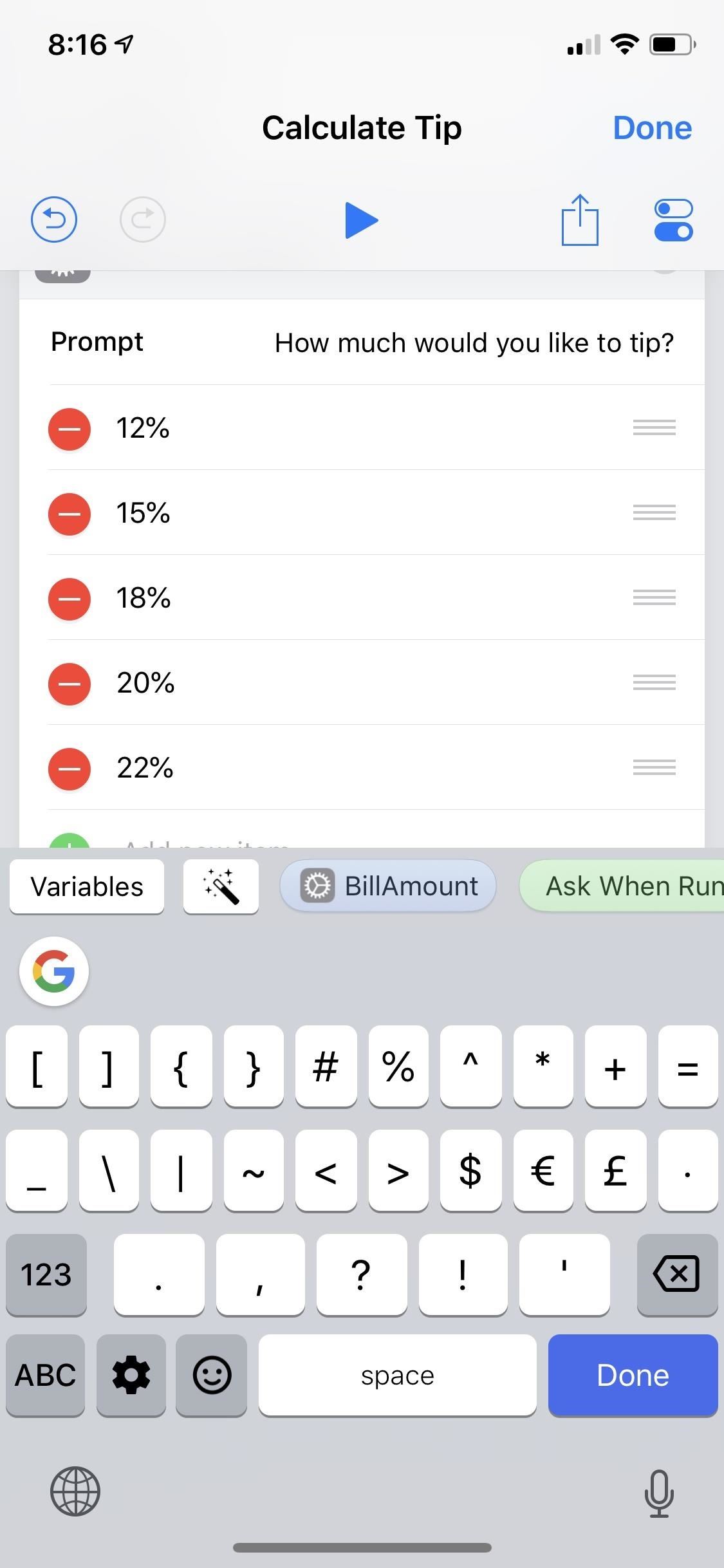'can't create a Shortcut Bar in Office 2010' It could possibly be loaded from Office XP by following the 5-step procedure (posted above) if you have the disk, but no guarantee the feature would work.I don't have Office XP, and don't think it's worth trying because of the different OS. 'can't move/send to/drag/unpin a user's created toolbar from the Taskbar to the Desktop. 30 keyboard shortcuts Mac users need to know This collection of keyboard shortcuts for macOS can help users get the most from their iMacs, MacBook Pro and MacBook laptops.
Microsoft Excel is huge in terms of its underlying features and functions. So are the keyboard shortcuts in it. The list can go on and on. What we will do is limit our scope and concentrate only on Function Keys today. We will try and learn the actions associated with F1 through F12, standalone and in combination with keys like Alt, Ctrl and Shift.
We all know the basic moves like how you can move around the sheet and select cells using the arrow keys or press Ctrl+A to select the entire worksheet but there are more complicated shortcut keys that you should know.
Must Read: If you wish to explore basic and general uses of function keys read out post on the best and default uses of function keys.F1

F2

F2
F3
F4
F5
F6
F7
F8
F9
F10
F11
Shortcut Bar 1 8 15 Percent Equals
F12
Shortcut Bar 1 8 15 Percent 15
Delete to remove cell contents? Well, now you know.Conclusion
So, did you find the list interesting? If you spend most of your day on Excel, I am betting you must have found it helpful. You may not be able to remember and master all of them but I am sure you will recollect the ones you feel will help you lower your efforts.
Note: These shortcuts have been tried and tested with Microsoft Excel 2013. However, most of them should be downward compatible.Image Credit: N Hope
See Next: 6 Cool Cell Selection Tips for Microsoft Excel UsersShortcut Bar 1 8 15 Percent 20
The above article may contain affiliate links which help support Guiding Tech. However, it does not affect our editorial integrity. The content remains unbiased and authentic.Also See#function keys #keyboard
Did You Know
Only 25% of people can text well without looking at their keyboards.
More in Windows
Top 3 Fixes for Camera Not Working on Windows 10 PC
All quantitative aptitude examinations will have questions based on percentage system. Most of the questions from this category are related to change of percentages or successive change of percentages, for example 'In a shop price of Laptop which is marked at $1000 was discounted 20% for Christmas eve and further 30% discounted for New Year eve. What is the price of Laptop now?'
Here we have provided a set of basic concepts, tips and shortcuts on how to solve percentage problems easily and quickly. The following is a list of important formulas for Percentage:
- Percent implies 'for every hundred'.
% is read as percentage and x % is read as x per cent. - To calculate p % of y
(p/100) x y = (p x y)/100
p % of y = y % of p
- To find what percentage of x is y: y/x × 100
- To calculate percentage change in value
Percentage change = {change/(initial value)} x 100 - Percentage point change = Difference of two percentage figures
- Increase N by S % = N( 1+ S/100 )
- Decrease N by S % = N (1 – S/100)
- If the value of an item goes up/down by x%, the percentage reduction/increment to be now made to bring it back to the original point is 100x/ (100 + x) %.
- If A is x% more /less than B, then B is 100x/(100 + x) % less/more than A.
- If the price of an item goes up/down by x %, then the quantity consumed should be reduced by 100x/ (100 + x)% so that the total expenditure remains the same.
- Successive Percentage Change
If there are successive percentage increases of a % and b%, the effective percentage increase is:
{(a + b + (ab/100)}% - Percentage – Ratio Equivalence:
1/2*100 = 50%
1/3*100 = 33.33%
1/4*100 = 25%
1/5*100 = 20%
1/6*100 = 16.66%
1/7*100 = 14.28%
1/8*100 = 12.5%
1/9*100 = 11.11%
1/10*100 = 10%
1/11*100 = 9.09%
1/12*100 = 8.33%
1/13*100 = 7.69%
1/14*100 = 7.14%
1/15*100 = 6.66%
1/16*100 = 6.25%
13. Converting fractions – decimals to percents:
- Percent to Decimal:move the decimal point two places to the left. For example, 42% = 0.42.
- Percent to Fraction:place the percent number in the numerator and 100 in the denominator; simplify. For example, 42% = 42/100 = 21/50.
- Decimal to Percent:move decimal point two places to the right, For example, 1.6 = 160%.
- Fraction to Percent:first convert fraction to decimal, then follow the directions to convert from decimal to percent. For example, 5/6 = 0.833 repeating = 83 and 1/3 %.
14. If the price of a commodity increases by p%, then the reduction in consumption so as not to increase the expenditure is:
(P/100 + P*100)%
15. If the price of a commodity decreases by p%, then the increase in consumption so as not to decrease the expenditure is:
(P/100 – P*100)%
Percentage is a favourite topic of examiners across competitive examinations. Most students skip statement based questions on Percentages and fractions because they appear to be lengthy and time consuming. However, a good hold on decimals, fractions and percentages provide you an extra edge over other candidates.
